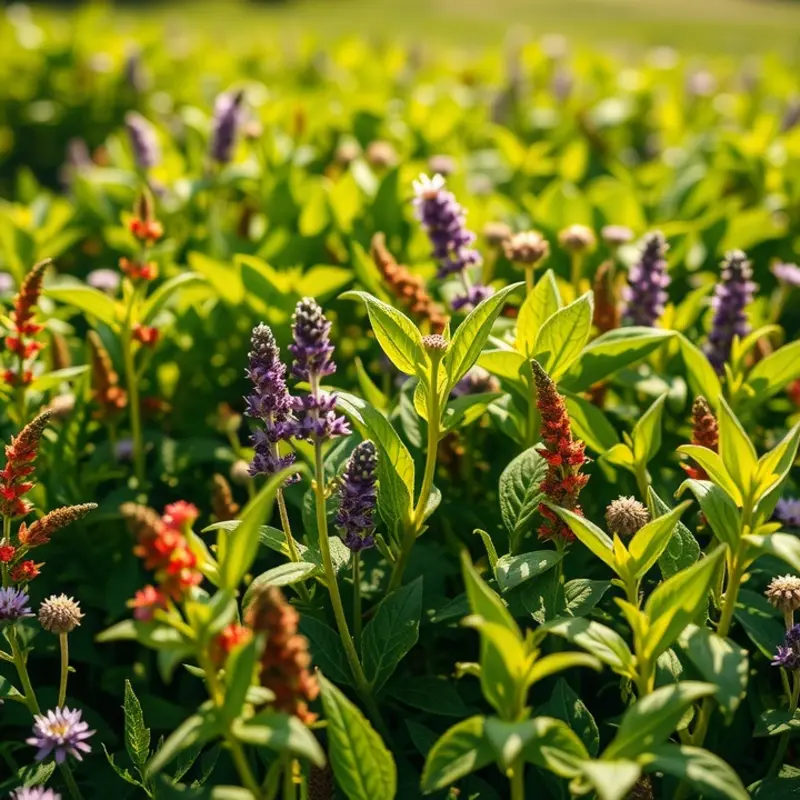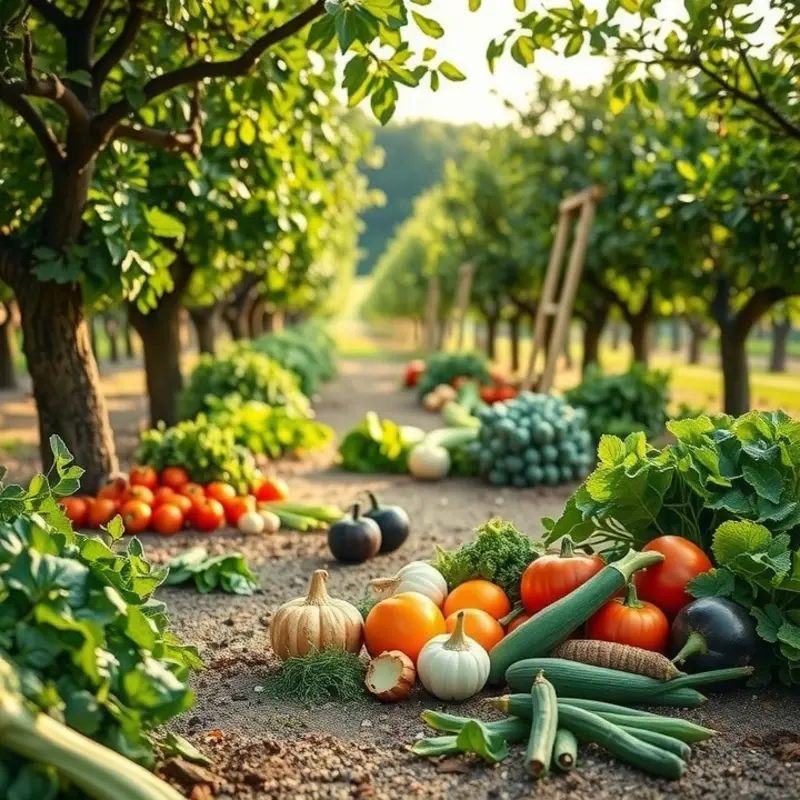Cooking without garlic can open up a world of flavor and health benefits. Whether you’re avoiding garlic for dietary reasons or simply exploring new culinary horizons, discovering alternatives that pack a punch is essential. This guide provides practical ingredient substitutions, tips on enhancing flavor, and flexibility for home cooks wanting to omit garlic without compromising on taste.
Herbs and Spices: The Flavor Boosters

Herbs and spices have enchanted the culinary arts for centuries, offering unique flavors and aromatic profiles that elevate dishes to new heights. When cooking without garlic, these ingredients become even more essential. Understanding the potential of herbs and spices can transform your meals into sumptuous feasts, teeming with flavor and vitality.
To begin, onion powder is a versatile spice often overlooked. It delivers a subtle sweetness and robust aroma that can mimic some garlic undertones. Combining onion powder with other spices like cumin or coriander creates depth without overshadowing your main ingredients. This spice pairs well with soups, stir-fries, and marinades, providing an easy boost to your day-to-day recipes.
Chives offer an entirely different experience. These slender, green shoots belong to the allium family and possess a mild, onion-like taste that adds freshness and color to dishes. They blend seamlessly into salads, scrambled eggs, and baked potatoes. Chives can also garnish your plated dishes, serving dual purposes of flavor and presentation.
Fresh herbs such as basil, thyme, rosemary, and cilantro open a world of possibilities. Basil, with its sweet, peppery notes, complements tomato-based dishes, pasta, and roasted vegetables. Thyme, with its earthy undertones, works well in stews, poultry dishes, and grilled vegetables. Meanwhile, rosemary delivers a pine-like flavor perfect for roasted meats and potatoes.
Cilantro introduces a bright, citrusy flavor. It is essential in cuisines like Mexican and Indian, enhancing salsas, soups, and curries. For a touch of spice without heat, consider using cinnamon and nutmeg. These spices are not just reserved for desserts. A sprinkling on roasted carrots or butternut squash brings warmth and complexity.
Red pepper flakes or black pepper can add a delicate heat, perfect for balancing the sweetness of fruits like mangos or pineapples. Additionally, enhancing your dishes doesn’t need to stop with immediate flavor impact. Consider using spices with potential health benefits, such as turmeric or ginger. Turmeric, noted for its anti-inflammatory properties, adds an earthy bitterness best paired with cumin or black pepper to amplify its flavor profile.
In creating flavorful dishes without garlic, mindful practice with these herbs and spices ensures a multidimensional taste experience. Embracing this approach might also complement low-sodium diets, as explored in this guide on flavor boosters without salt. Each step toward mastering these ingredients results in new layers of taste, allowing you to appreciate the nuances they bring to your culinary creations.
Savory Substitutes: Flavor Without Compromise

In crafting dishes without garlic, creative alternatives can preserve, if not enhance, flavors. Shallots are a popular substitute. They offer a gentle onion-like flavor with subtle garlic undertones, making them a versatile ingredient suitable for a variety of cuisines. Shallots can be used raw in salads or pickled, or they can be sautéed as a base for sauces and soups.
Leeks, another member of the allium family, present a delicate sweetness that deepens during cooking. Their mildness is perfect for dishes where garlic’s aggressive kick might overpower other flavors. Thinly sliced leeks work well in quiches, soups, or stews.
Turning to fermented foods, miso paste comes highly recommended. It brings a rich umami flavor, often missing in garlic-free dishes. Incorporating miso can transform dressings, marinades, and even soups. Its fermented nature also means miso provides beneficial probiotics, aligning with trends towards healthier eating habits.
For those who enjoy a bit of spice, consider using fresh ginger or horseradish. Though different from garlic, their bold flavors can invigorate dishes. Ginger adds warmth and a hint of sweetness, excellent for Asian-inspired meals or vegetable stir-fries. Horseradish delivers heat, ideal for spicing up dips or roast meats.
Citrus zest is an often-overlooked secret weapon. Lemon or lime zest, or even orange, can brighten up a dish, balancing out richness and providing aromatic complexity. Use zest sparingly to avoid overshadowing a dish’s primary flavors.
Moreover, using umami-rich ingredients like sun-dried tomatoes or olives gives dishes that savory depth without garlic. Chopped sun-dried tomatoes impart a concentrated sweet-tart flavor, perfect for pasta sauces or salads. Likewise, olives add a briny richness to Mediterranean dishes.
For a vegan-friendly boost, nutritional yeast is a viable option. Its cheesy, umami flavor can replace garlic in seasoning blends or as a topping. It’s especially favored for pasta dishes, providing a pleasant nuttiness without overpowering the main ingredients.
Each substitute offers its own unique fingerprint, transforming the dish into something exceptional without relying on garlic. Exploring these alternatives can also offer insights into more mindful eating practices. For those interested in further diversifying their cooking strategies, useful insights can be found in our guide on flavor boosters without salt.
Final words
Cooking without garlic can be an exciting culinary adventure. By utilizing a variety of herbs, spices, and alternative vegetables, you can create dishes that are just as flavorful and satisfying. Embrace the creativity that comes with exploring new ingredients, and don’t be afraid to experiment in your kitchen. With thoughtful substitutions, delicious meals await, proving that flavorful food doesn’t have to rely on garlic to shine.







